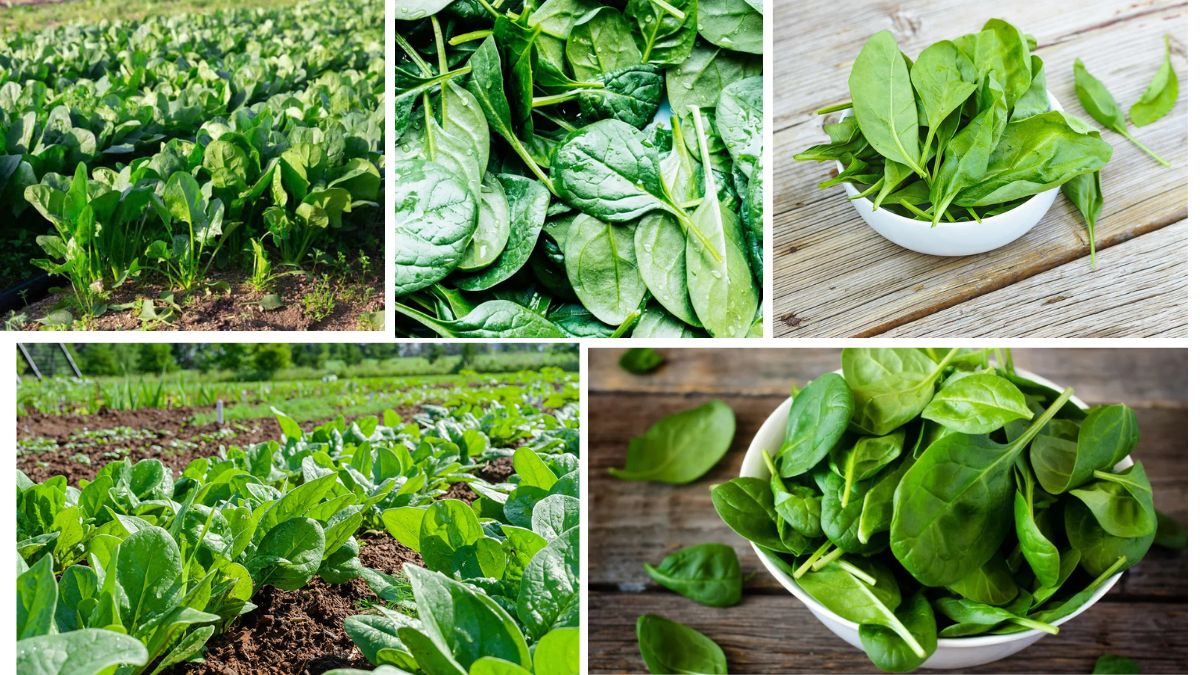Spinach, the leafy green vegetable renowned for its nutritional richness, has been an essential part of human diets for centuries. Its mild flavor, rapid growth cycle, and abundant health benefits make it a staple in kitchens and farms worldwide. But have you ever wondered which country is at the forefront of global spinach production?
In this in-depth article, we will explore which country leads the world in spinach production, examine the factors that contribute to its dominance, and analyze global trends shaping the spinach industry.
Global Overview of Spinach Production
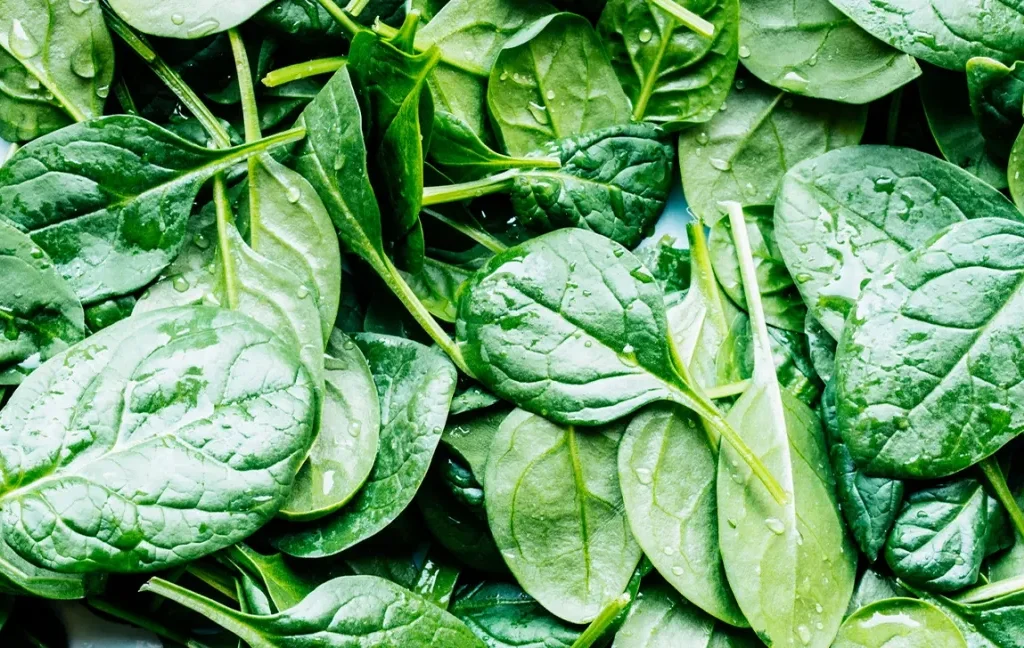
Spinach (Spinacia oleracea) is native to ancient Persia (modern-day Iran), from where it spread to India, China, and Europe over centuries. Today, it is cultivated worldwide and is consumed raw in salads, cooked in meals, or processed into frozen or canned goods.
According to the Food and Agriculture Organization (FAO) of the United Nations, spinach production has significantly increased in the past few decades. Factors contributing to this growth include:
- Increased health consciousness
- Demand for leafy greens in urban markets
- Year-round cultivation in greenhouses and polytunnels
- Expansion of export-oriented agriculture in Asia and the Americas
China: The Unrivaled Leader in Spinach Production
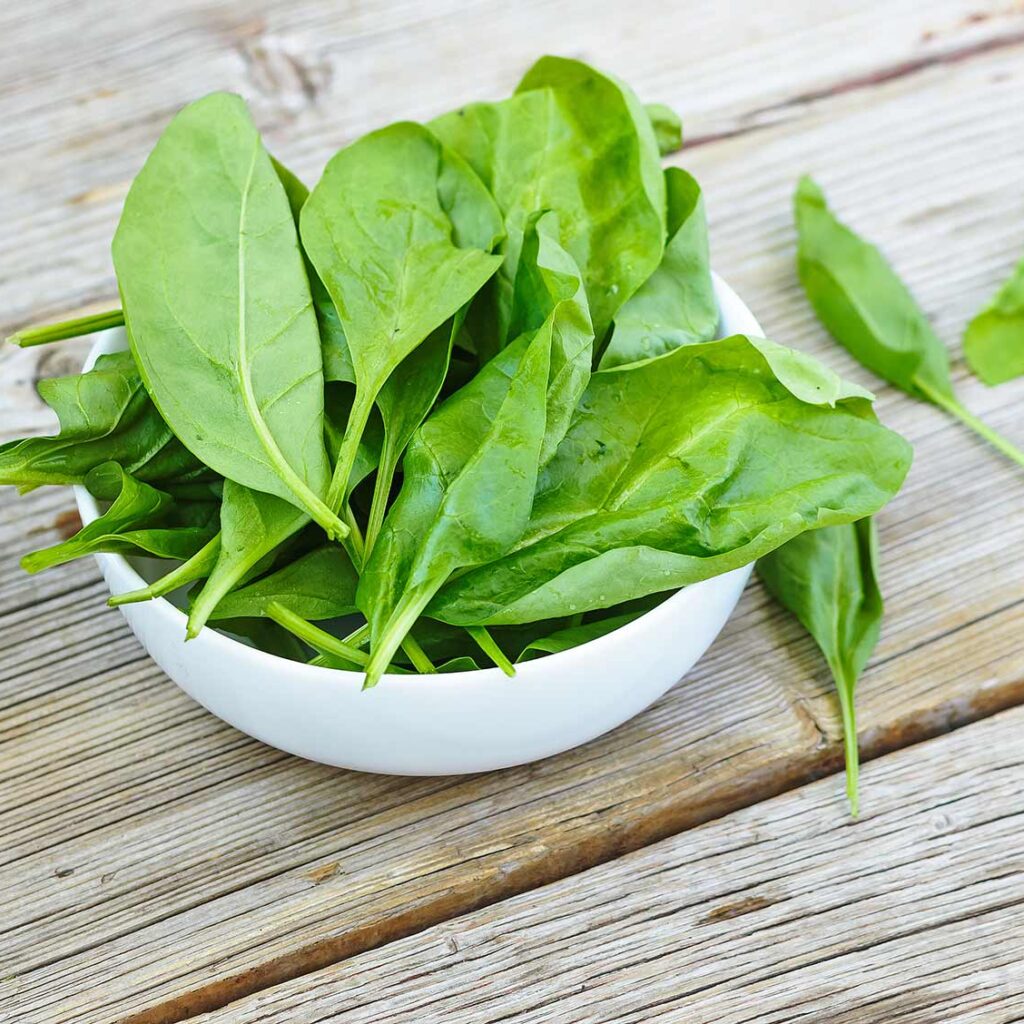
Without a doubt, China holds the crown as the largest spinach producer in the world.
Production Statistics:
- Annual Production: Over 28 million metric tons (as of 2023)
- Global Share: More than 85% of the world’s total spinach output
- Area Under Cultivation: Thousands of hectares across eastern, central, and southern China
This massive output places China far ahead of any other country in spinach production. The gap is so wide that even the next 9 countries combined do not match China’s output.
Why Is China the Leading Producer?
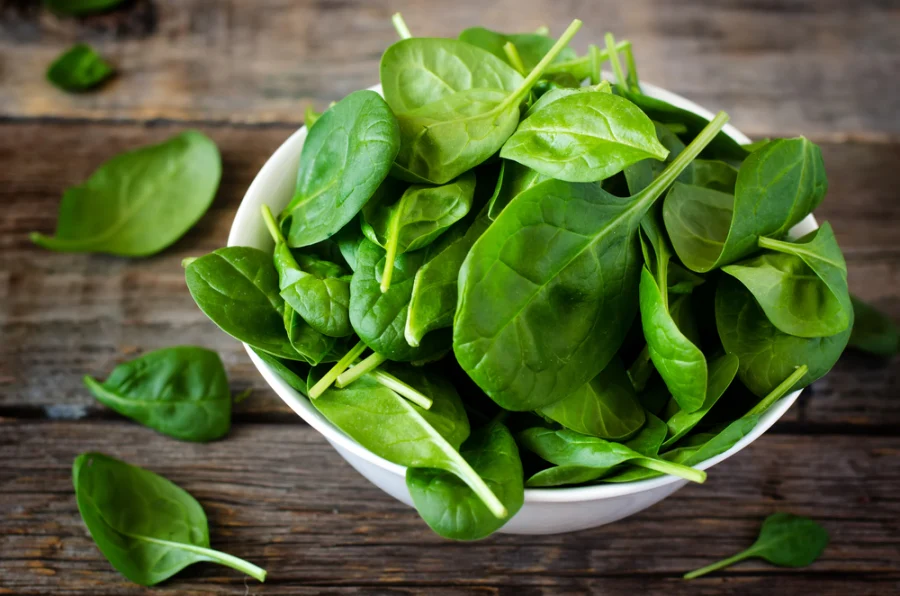
Several factors have enabled China’s dominance in spinach production:
1. Favorable Climate and Geography
China’s vast landmass spans multiple agro-climatic zones, making it ideal for year-round cultivation. Spinach thrives in cool and temperate climates, which are common in many Chinese provinces.
2. Advanced Agricultural Practices
China has heavily invested in:
- High-yield seed varieties
- Greenhouse farming
- Drip irrigation systems
- Mechanized harvesting techniques
These modern methods boost productivity and ensure continuous supply.
3. Strong Domestic Demand
Spinach is a key ingredient in Chinese cuisine—used in soups, stir-fries, noodles, and dumplings. The country’s massive population creates a steady domestic demand that fuels large-scale cultivation.
4. Government Support and Infrastructure
Subsidies for leafy vegetable farmers, government-run vegetable distribution centers, and strong export infrastructure have helped in maximizing output and minimizing post-harvest losses.
Other Major Spinach Producing Countries
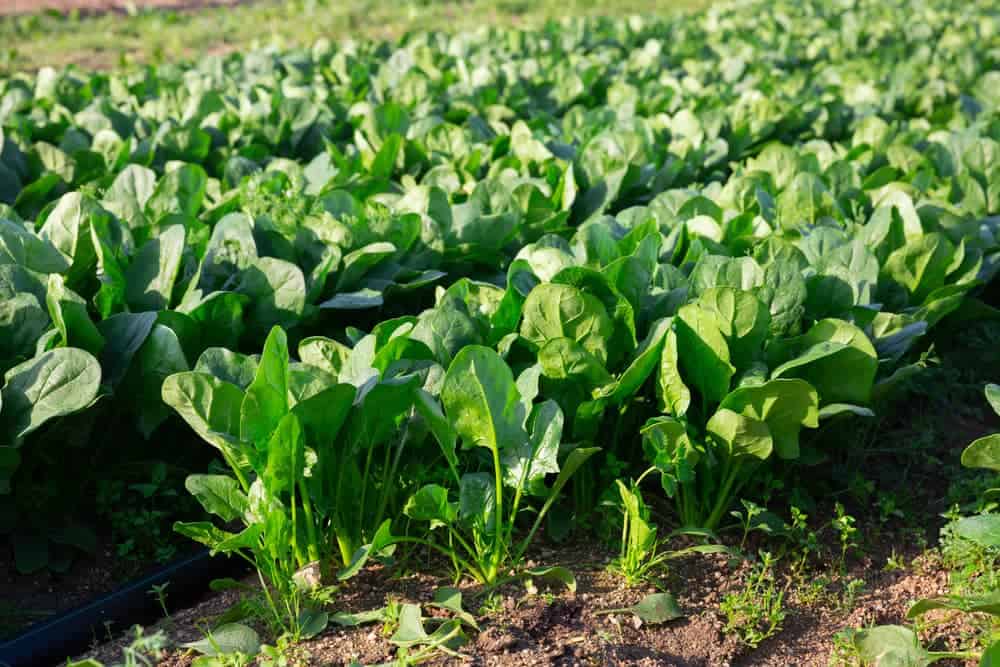
Though China dominates, several other countries contribute significantly to the global spinach supply.
United States
- Annual Production: Approx. 370,000 metric tons
- Key States: California, Arizona, Texas
- The U.S. is one of the leading exporters of fresh spinach, particularly to Canada and Mexico.
- California alone accounts for about 70% of U.S. spinach production.
India
- Annual Production: Approx. 300,000 metric tons
- Spinach is widely consumed across Indian households and is a major component of traditional cuisine.
- Regional varieties like “Palak” are cultivated year-round in Punjab, Haryana, Uttar Pradesh, and Tamil Nadu.
Japan
- Japan produces about 150,000–200,000 metric tons of spinach annually.
- The country uses high-tech farming, including vertical farms and LED-assisted growth in urban areas.
Turkey, Italy, France
These European countries also contribute notably, with well-developed farming sectors, especially for organic spinach used in fresh markets and processed foods.
Global Trends in Spinach Consumption
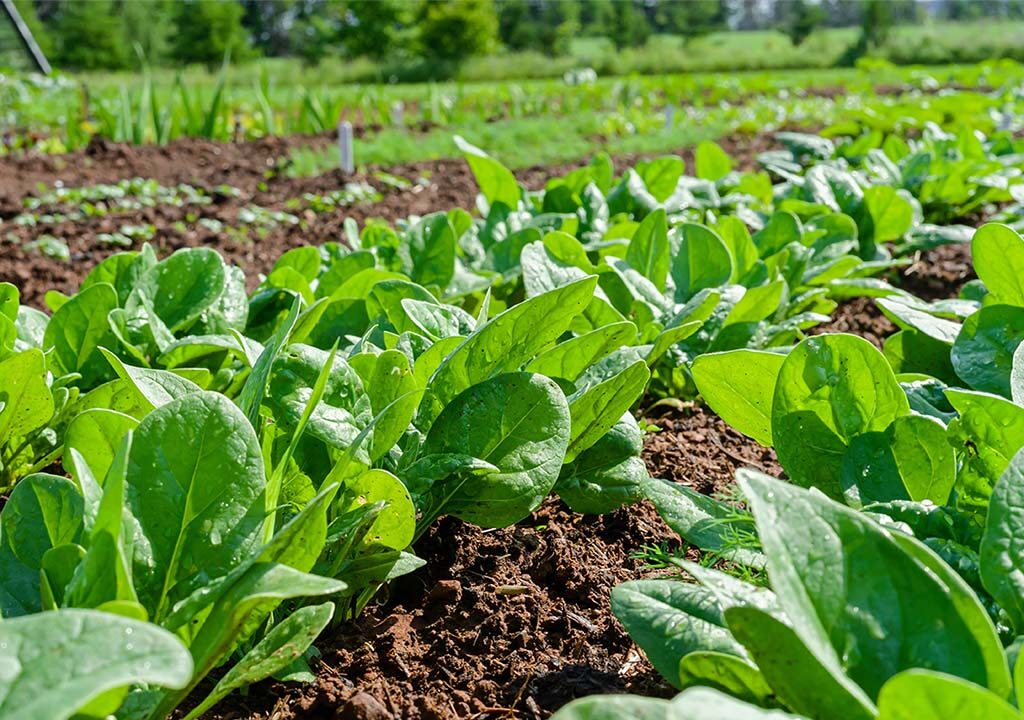
As global awareness around health and nutrition rises, spinach consumption is also increasing. Several key trends include:
Rise of Vegan and Plant-Based Diets
Spinach is a favorite among health-conscious consumers and vegetarians due to its:
- High iron and calcium content
- Rich antioxidants (lutein, beta carotene)
- Low-calorie profile
Superfood Status
Spinach has become a “superfood” buzzword in wellness circles, driving demand in the form of:
- Smoothies
- Spinach powders and supplements
- Ready-to-cook frozen meals
Organic Spinach Demand
Consumers in North America and Europe are increasingly demanding organic produce, pushing farmers toward pesticide-free spinach farming.
Challenges in Spinach Production
Despite being a highly demanded vegetable, spinach farming faces several challenges:
Perishability
Spinach is a delicate, leafy vegetable that wilts quickly and is prone to microbial contamination if not stored properly.
Pest & Disease Pressure
Common threats include:
- Downy mildew
- Leaf miners
- Aphids
Farmers often need to manage these risks carefully without overusing harmful pesticides.
Water Requirements
Although not a water-intensive crop compared to rice or sugarcane, spinach does require regular watering. In areas facing water scarcity, maintaining a healthy spinach crop can be difficult.
Future of Spinach Farming
As global demand continues to rise, spinach farming is expected to evolve with:
Hydroponic and Vertical Farming
Urban farmers are now growing spinach in vertical towers and hydroponic systems, especially in land-scarce cities.
Better Cold Chain Infrastructure
Improvements in cold storage and packaging technologies will allow farmers to reduce losses and extend shelf life.
Export-Oriented Farming
Countries like Mexico, Egypt, and the Netherlands are expanding spinach cultivation for international markets due to increasing trade opportunities.
Conclusion
In the race to be the top spinach producer, China stands unchallenged, contributing over 85% of the world’s spinach. Its combination of vast agricultural land, technological advancements, high domestic consumption, and strong government support make it the global leader by a large margin.
Other countries like the United States, India, and Japan play important roles in regional markets and specialty spinach segments such as organic or baby spinach. As global health trends favor nutrient-dense greens, spinach production is likely to expand, becoming even more sophisticated and sustainable.
Key Takeaway:
If you’re looking to understand the global vegetable economy, especially leafy greens, China’s example in spinach production is a powerful case study in agricultural scale, policy alignment, and consumer demand.
